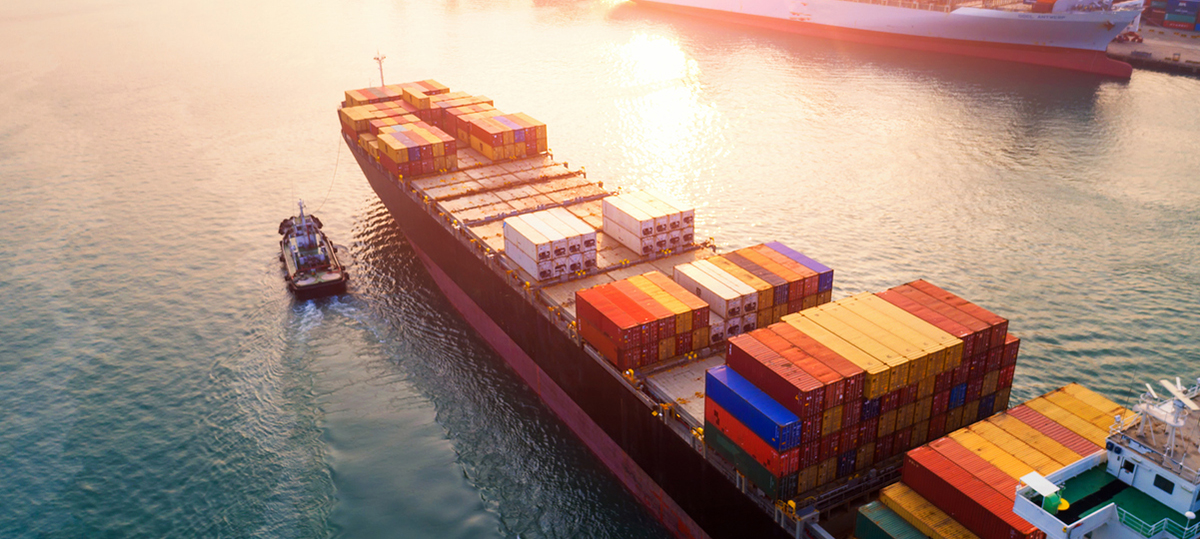IMO 2020 Sulphur Cap Looms for the Maritime Industry

IMO 2020
January 2020 Deadline Looms – Maritime Industry Prepares
Less than one year from now, the soft rollout of the International Maritime Organization’s (IMO) January 2020 sulphur cap regulation will go into full effect. The IMO is responsible for the safe management and environmental stewardship of the shipping industry, and the 2020 cap will effectively slash present bunker fuel emissions standards. As of yet, the maritime industry as a whole seems to be in a state of either resistance or denial for the pending enforcement of an over 80% reduction to the global sulphur cap on marine fuels. The current sulphur limit for fuel oil is set at 3.5 weight per cent (wt%), and is estimated to be reduced to 0.5 wt% by January 1, 2020. A lack of infrastructure around the enforcement of the regulation has many shipowners and maritime regulators questioning its efficacy, and with only 12 months to prepare, it will interesting to see how the industry responds.
What is Behind the IMO 2020 Regulation
In a previous SCL Expert Insight article we explored the impetus behind the rise of emission regulations within the maritime industry, which stems from a 2015 Environmental Protection Agency initiative to decrease the impact of emissions levels (specifically sulphur) produced by such deepsea ocean-going vessels as barges, freight liners, cruise liners and ferries. The EPA sought to require the installation of selective catalytic reduction (SCR) systems aboard sea going vessels, which requires the use of marine urea and diesel exhaust fluid (maritime DEF). As a result, ship owners and operators were confronted with the problem of insuring fuel compatibility, fuel stability and a host of additional environmental concerns for transporting and storing low-sulphur compliant fuel and DEF across US and international waterways.
What This Means for the Industry
According to a Forbes article, the marine sector “Consumed 3.8 million barrels per day (b/d) of fuel oil in 2017… (which) is responsible for half of global fuel oil demand. Most of this fuel oil has a sulphur content of between 1 and 3.5wt%, making it a high-sulphur fuel. The marine sector also consumes just over 1 million b/d of marine gas oil, which is a lower-sulphur, higher-value distillate. However, this represents just 5% of the global demand for diesel and gas oil demand, the majority of which is consumed in the heavy-duty trucking sector. If the marine sector fully complied with the IMO regulation by simply switching from high-sulphur fuel oil (HSFO) to marine gas oil, the impact on the refining sector would be dramatic.” Such a dramatic shift could have far-reaching economic repercussions for the industry, in that distillate demand resulting from the cap would require refineries to work overtime, increasing the cost of low sulphur fuel significantly, and the high-sulphur fuel oil market – no longer permissible for the maritime industry – would collapse until it was reallocated for a different industrial application. In the end, there may be a positive environmental chain reaction in the general cleaning up of HSFO fuel from the minimum 0.5 wt% (very low sulphur fuel oil – VLSFO), but investment into that possibility has yet to take place.
Viable Options for Ship Owners and Operators
While the IMO works hard to develop a viable regulatory framework in time for the January 1, 2020 rollout, many of its member states are finding the transition to be quite difficult. The logistics are complicated, namely because the maritime sector spans both US and international waters, so immediate global compliance is not only unlikely, but nearly impossible. Currently, member states can either buy costly marine gas oil; run VLSFO; retrofit their entire propulsion system to a different fuel source altogether such as liquefied natural gas, which is often not cost effective; purchase new vessels that already include include the option of running higher quality, low sulphur fuels; install “scrubbers” – exhaust cleaning features, or SCR systems to continue using HSFO alongside maritime DEF to reduce emissions. None of these options are overly affordable, especially since bunker fuel oil has traditionally been one of the cheapest fuel sources, so compliance with the IMO 2020 are placing ship owners and operators in a difficult place economically.
The Bottom Line
With less than a year to go, the IMO 2020 will continue to disrupt the maritime industry as a whole, as well as additional, associated industries. As the industry moves in the direction of utilizing low sulphur, IMO-compliant fuels, which are far more costly than traditional HSFO maritime fuels, the cost of goods transported via ocean liner will inevitably increase. Such an increase will effect not only the US, but the entire global economy as the shipping industry absorbs the cost of transitioning to higher quality and higher priced fuels. 2019 will be an interesting year for the maritime industry as it learns how to adapt most successfully to the pending IMO 2020 sulphur cap deadline.
Contact an SCL Consultant Today
In a wide range of industrial sectors, SCL is committed to being the number one logistics and solutions provider for the products that protect and optimize the machines that keep our country moving. We pride ourselves on remaining at the forefront of industry trends and technological innovations, and as the market continues to evolve, we are committed to providing extensive product and industry knowledge and total performance satisfaction for our customers. For information on how we can assist your fleet in choosing the optimal products at a competitive price, contact an SCL consultant today.
